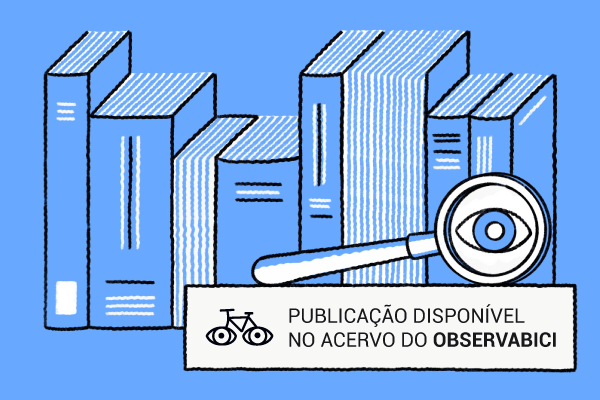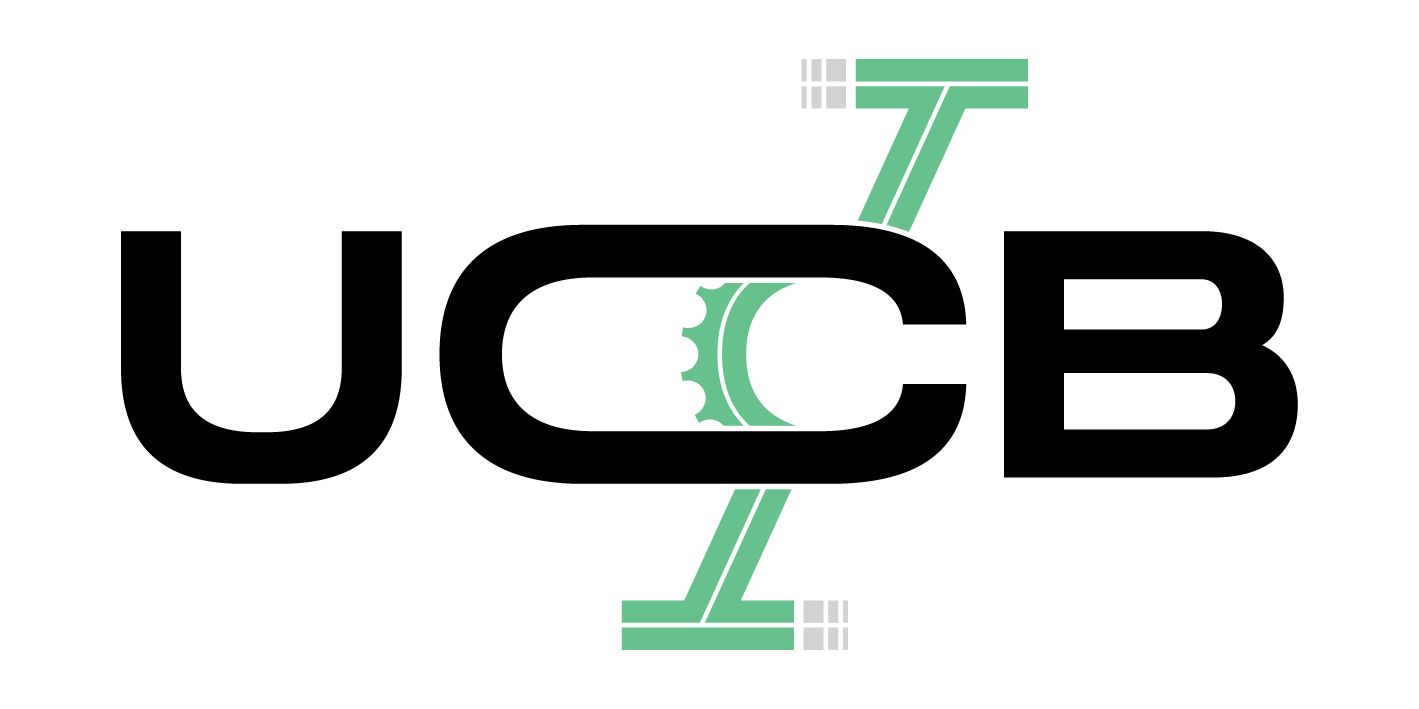The Social Cost of Automobility, Cycling and Walking in the European Union
Tipo de publicação
Artigo
Curso ou área do conhecimento
Economia Ecológica
Veículo
ELSEVIER
Tipo de autoria
Pessoa Física
Nome do autor
Stefan Gösslinga, Andy Choid, Kaely Dekker, Daniel Metzlerf
Língua
Inglês
Abrangência geográfica
Regional
País
Brasil
Ano da publicação
2019
Palavra chave 1
Automovelcracia
Palavra chave 2
Carrocracia
Palavra chave 3
Economia
Palavra chave 4
Pedestres
Descrição
Transport systems need to change in very significant ways to become
aligned with the UN Sustainable Development Goals (Creutzig
et al., 2015; The Lancet, 2017; UNFCCC, 2015; WHO, 2011, 2016). To
reduce levels of local air pollution, accidents, and congestion is a longstanding
policy goal in the European Union (EU) (EC, 2011). Negative
externalities of transportation congregate in cities, with a widely held
consensus that these can only be resolved on the basis of new urban
transport cultures in which cycling and walking have to perform important
roles (Aldred, 2013; Hall et al., 2017; Pucher and Buehler,
2017). Only where the role of the car declines is it realistic to reduce
traffic density and air pollution, even in a scenario where electric, autonomous
automobility diminishes noise levels and collision risks
(Zuurbier et al., 2010).
In European cities, cycling and walking are becoming increasingly
more common (Hall et al., 2017; Pucher and Buehler, 2017). These
transport modes can replace trips by car, specifically in cities, where a
majority of trips are short (Blickstein and Hanson, 2001). Evidence
suggests that cycling levels increase where physically separated cycle
tracks have been built (Frondel and Vance, 2017), where trips are short,
and where safe routes to school exist. In contrast, perceived traffic
dangers, exposure to exhaust and noise, or longer trip distances all
represent barriers to cycling (Fraser and Lock, 2011; Gössling et al.,
2019). As a result, cities seeking to increase cyclist numbers need to
redesign urban environments (Buehler et al., 2017; Forsyth and Krizek,
2011; Larsen et al., 2013), as bicycle cultures will only evolve where the
concerns and expectations of cyclists regarding safety, speed, and
comfort are taken into consideration (Aldred, 2013). These insights also
apply to walking, with ‘walkable’ environments being defined as traversable,
compact, physically enticing, and safe (Forsyth, 2015). Apart
from the politically difficult decision to treat cyclists and pedestrians
preferentially in traffic, the greatest barrier to urban redesign is the
issue of costs (Gössling and Choi, 2015). This assigns critical importance
to cost-benefit analyses (CBA), which guide decision making
in all major transport construction projects.



 Ao navegar no Observatório da Bicicleta você concorda com os
Ao navegar no Observatório da Bicicleta você concorda com os